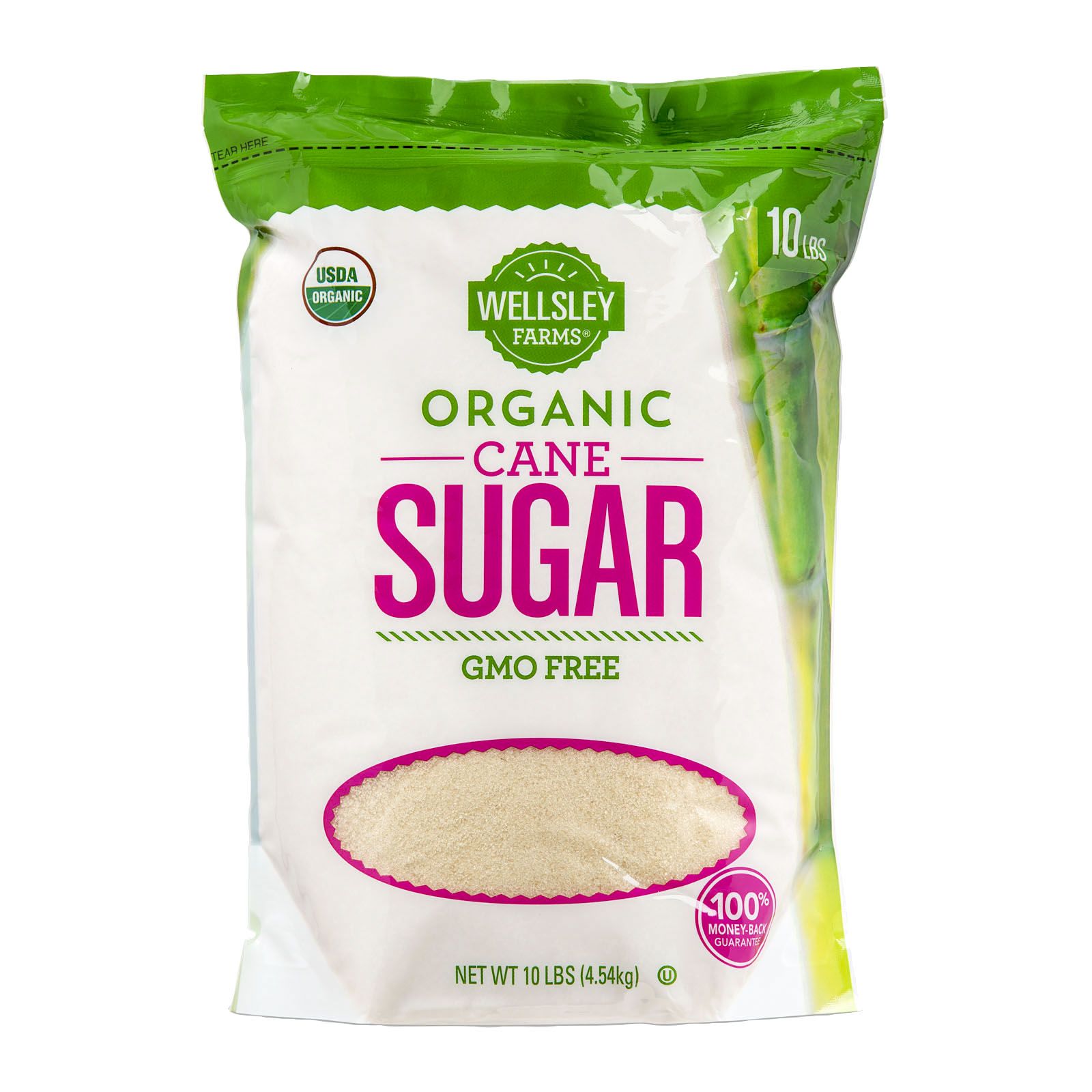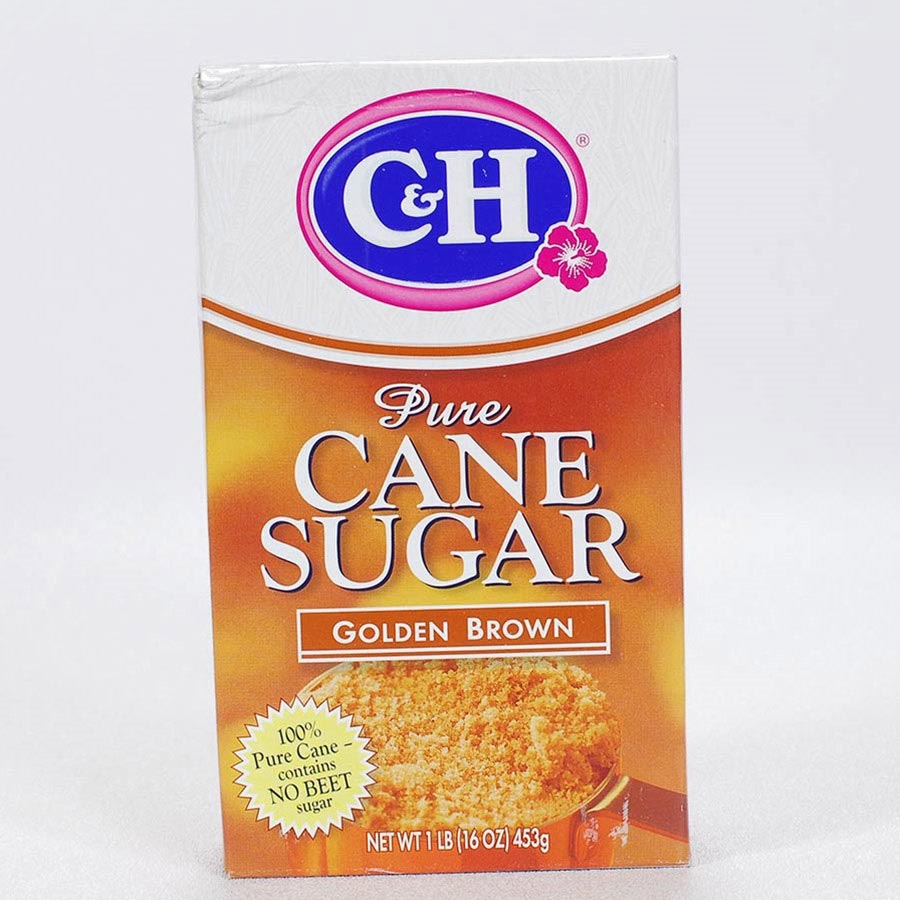Efficient Cane Sugar Processing: Maximizing Yield and Pureness
Wiki Article
Comprehending the Critical Methods and Technologies Used in Modern Cane Sugar Handling
The development of walking stick sugar processing has actually been considerably shaped by the combination of sophisticated methods and innovations that attend to both efficiency and sustainability. As we check out these important innovations, it comes to be necessary to check out just how they not only enhance manufacturing yet additionally line up with wider industry trends and consumer needs, elevating concerns about the future of sugar processing and its effects for worldwide markets.Historic Context of Walking Stick Sugar Processing
The historic context of walking cane sugar handling exposes a rich tapestry of agricultural technology and social exchange that has actually shaped its development over centuries. Coming From Southeast Asia, sugarcane was cultivated as early as 8000 BCE - Cane Sugar Processing. The process of fine-tuning and extracting sugar obtained momentum in India, where methods for crystallization were developed around the sixth century. This knowledge went across to the Middle East, and by the 12th century, sugar came to be a valued product in Europe, resulting in the establishment of sugar vineyards in the Mediterranean.
Advanced Removal Strategies
Effectiveness in walking cane sugar extraction has seen substantial improvements, driven by the need for greater returns and lower production prices. Traditional approaches have actually developed, offering way to ingenious technologies that improve the effectiveness of the removal procedure. One remarkable development is making use of enzyme-assisted extraction, wherein certain enzymes damage down cell walls and launch even more sucrose from the cane fibers. This technique not just raises sugar yield however additionally minimizes the power needed for handling.In addition, the adoption of membrane filtering modern technologies, such as nanofiltration and turn around osmosis, has changed the splitting up of sugar from impurities. These methods permit the careful permeation of sugar molecules while keeping larger contaminants, streamlining the extraction process and minimizing waste.
Moreover, the integration of continual removal systems has resulted in enhanced operational efficiency. Cane Sugar Processing. These systems maintain a consistent circulation of walking stick material, guaranteeing ideal extraction conditions and lowering downtime related to set processing
Ingenious Refining Technologies
Refining methods in cane sugar handling have undertaken a transformative shift, driven by the need for higher pureness and enhanced product high quality. One of the most notable technologies is the adoption of membrane layer filtration modern technologies, such as ultrafiltration and nanofiltration. These procedures effectively eliminate impurities and colorants without the requirement for extensive chemical treatments, thereby maintaining the sugar's natural taste and boosting its charm.An additional significant improvement is using ion exchange resins, which allow for discerning removal of unwanted ions from sugar options. This technology not only boosts the total purity of the last item yet additionally adds to minimized waste and ecological impact.
Furthermore, innovations in adsorption methods, utilizing triggered carbon and various other innovative products, have verified reliable in decolorizing sugar remedies while maintaining optimal high quality. The combination of these cutting-edge refining innovations guarantees that makers can generate refined sugar with exceptional clearness and taste, satisfying the evolving preferences of consumers.
Automation and Control Systems
Recent developments in refining innovations have led the way for substantial renovations in automation and control systems within walking cane sugar processing centers. These systems make use of innovative software and equipment to boost operational effectiveness, reduce human mistake, and make certain regular item high quality.Modern automation integrates different elements, including sensors, actuators, and programmable reasoning click for info controllers (PLCs), making it possible for real-time surveillance and control of critical procedures. For circumstances, flow, pressure, and temperature level prices can be precisely regulated throughout removal, information, and condensation stages, maximizing efficiency and reducing waste.
Furthermore, advanced data analytics and artificial intelligence algorithms play a critical role in predictive upkeep, allowing drivers to expect devices failures before they occur. This aggressive technique not just minimizes downtime but also expands the life expectancy of machinery.
Additionally, automation helps with the execution of Industry 4.0 principles, equipping sugar mills to achieve better connectivity and information exchange across processes. Therefore, decision-making comes to be more enlightened and nimble, inevitably enhancing the total competitiveness of walking stick sugar manufacturing. With these improvements, the sector is well-positioned to meet expanding global demands while keeping functional quality.
Sustainability Practices in Sugar Production
Sustainability methods in sugar manufacturing have ended up being significantly vital as the sector seeks to stabilize financial viability with environmental obligation. As customer awareness grows pertaining to the ecological effects of farming practices, sugar producers are embracing cutting-edge approaches to reduce their environmental footprint.One significant technique is the execution of accuracy farming techniques, which use data analytics to maximize source use, such as water and fertilizers. This reduces waste and reduces the influence on neighborhood environments. Moreover, numerous producers are transitioning to sustainable energy sources, such as biomass from sugarcane by-products, to power their operations, thus reducing reliance on nonrenewable fuel sources.
Water monitoring techniques are likewise critical; rain harvesting and reliable watering systems assist alleviate water deficiency concerns. Cane Sugar Processing. In addition, official website integrated parasite monitoring approaches lower chemical usage, promoting biodiversity and dirt health and wellness
Business social responsibility initiatives are arising, with business purchasing local communities and making sure fair labor practices. By welcoming these sustainability methods, the sugar industry not just boosts its track record but also adds to a much more sustainable farming landscape, leading the way for future generations.

Verdict
In recap, contemporary cane sugar handling includes an array of sophisticated techniques and modern technologies that dramatically improve sustainability, efficiency, and return. Collectively, these advancements place the walking stick sugar industry to fulfill content contemporary needs while dealing with crucial international difficulties.The advancement of walking stick sugar processing has actually been considerably shaped by the combination of advanced methods and innovations that address both effectiveness and sustainability.The historical context of walking stick sugar processing discloses an abundant tapestry of agricultural technology and cultural exchange that has actually formed its development over centuries. Advancements in milling and refining arised, laying the groundwork for modern-day cane sugar handling.Refining strategies in cane sugar processing have actually undergone a transformative shift, driven by the need for higher purity and boosted item quality.In summary, modern-day cane sugar processing integrates an array of advanced methods and technologies that dramatically enhance sustainability, effectiveness, and return.
Report this wiki page